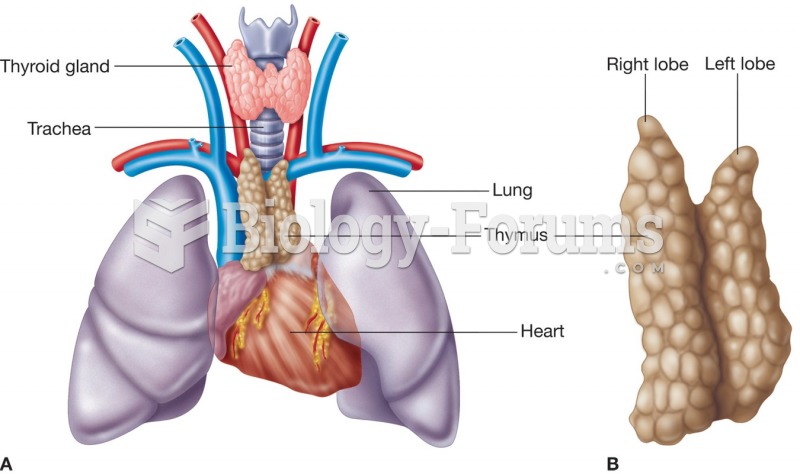|
|
|
Did you know?
The horizontal fraction bar was introduced by the Arabs.
Did you know?
Calcitonin is a naturally occurring hormone. In women who are at least 5 years beyond menopause, it slows bone loss and increases spinal bone density.
Did you know?
Approximately 25% of all reported medication errors result from some kind of name confusion.
Did you know?
Cyanide works by making the human body unable to use oxygen.
Did you know?
Blood in the urine can be a sign of a kidney stone, glomerulonephritis, or other kidney problems.







